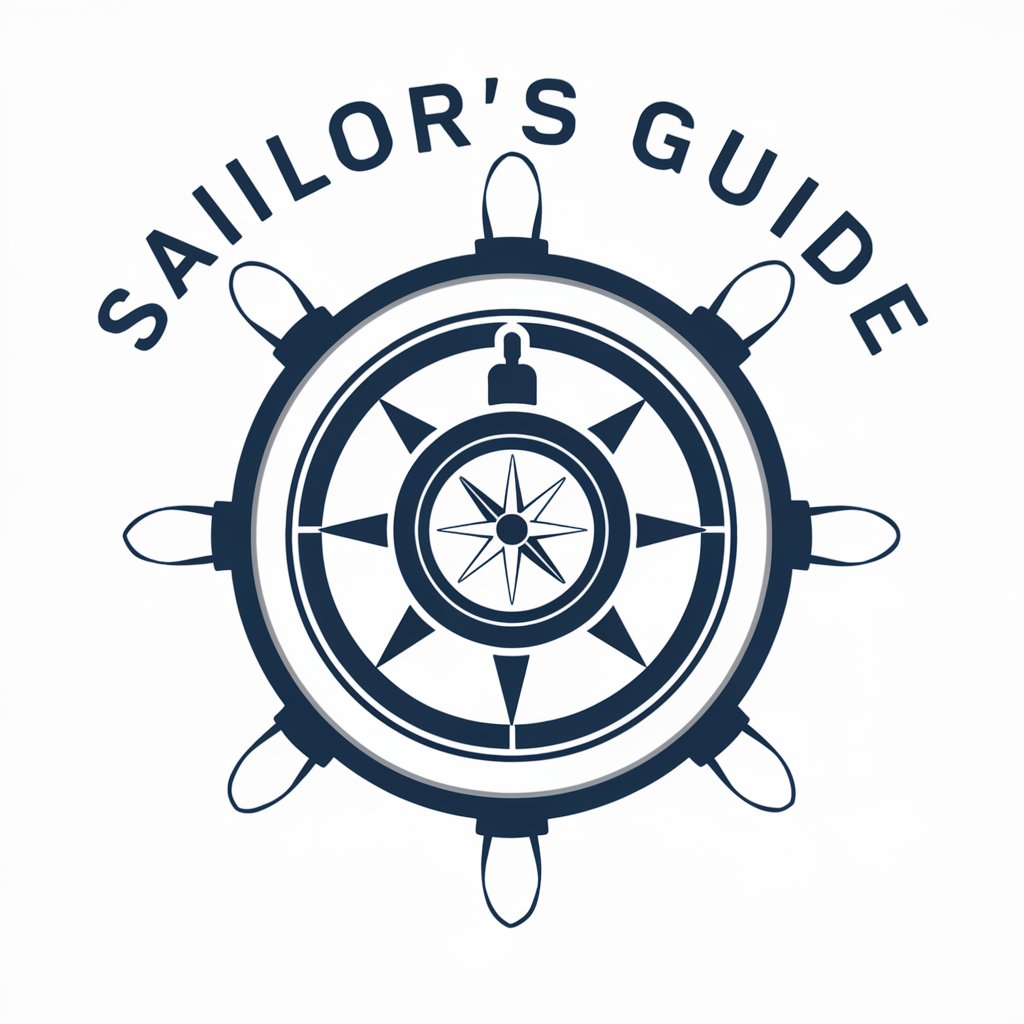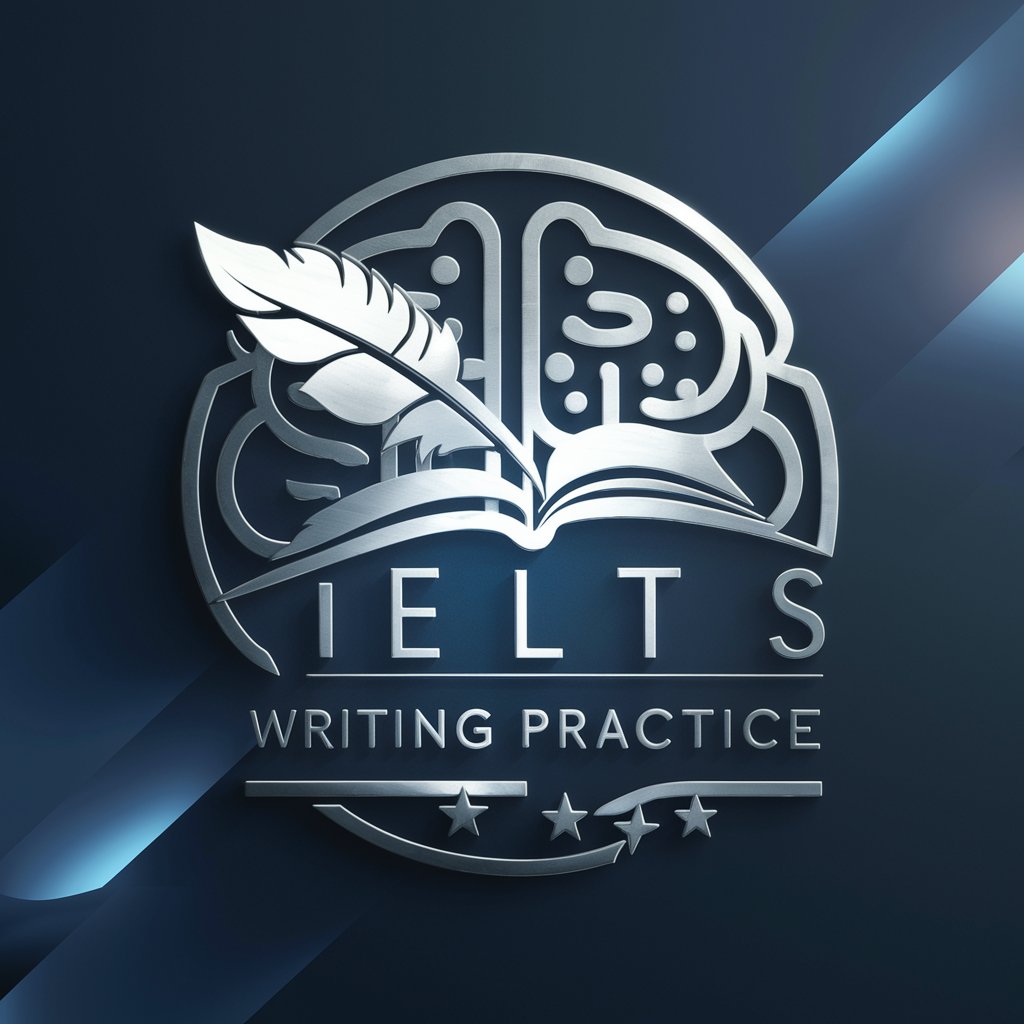Regulations Preventing Collisions Sea - Collision Prevention Rules

Welcome to Sailor's Guide for COLREGs insights.
Navigate Safely with AI-Powered COLREGs
Explain the application of Rule 5 in COLREGs.
How do the COLREGs define a 'vessel restricted in her ability to manoeuvre'?
What actions must a stand-on vessel take according to Rule 17?
Describe the lighting requirements for power-driven vessels underway as per Rule 23.
Get Embed Code
Introduction to Regulations Preventing Collisions at Sea
Regulations Preventing Collisions at Sea, commonly referred to as COLREGs, is a set of international rules aimed at preventing collisions between ships. Established under the International Maritime Organization (IMO) in 1972, these regulations apply to all vessels upon the high seas and in all connected waters navigable by seagoing vessels. The main purpose of COLREGs is to provide guidelines on how vessels should maneuver in the presence of other ships to avoid collisions. For example, specific rules dictate the use of lights and shapes to signal a ship's presence and actions to other vessels, how to conduct vessel encounters such as head-on, overtaking, and crossing situations, and the responsibilities between vessels in different conditions such as restricted visibility. Powered by ChatGPT-4o。

Main Functions of Regulations Preventing Collisions at Sea
Establishment of Navigation Rules
Example
Rule 18 outlines the responsibilities between vessels in various scenarios, emphasizing the priority of certain vessel types over others to maintain safe navigation.
Scenario
In a scenario where a power-driven vessel and a sailing vessel are on a collision course, Rule 18 stipulates that the power-driven vessel must give way, ensuring safe passage.
Specification of Lights and Shapes
Example
Rule 20 mandates vessels to use specific lights and shapes from sunset to sunrise and in restricted visibility to signal their presence and type to others.
Scenario
During nighttime or fog, a sailing vessel must display sidelights and a sternlight, enabling other vessels to ascertain its orientation and maneuver accordingly.
Conduct in Restricted Visibility
Example
Rule 19 provides guidelines for vessels navigating in or near areas of restricted visibility, requiring vessels to proceed at a safe speed and be ready for immediate maneuver.
Scenario
In foggy conditions, a vessel hears the fog signal of another vessel ahead and reduces speed to the minimum, navigating with extreme caution until the risk of collision is over.
Ideal Users of Regulations Preventing Collisions at Sea
Maritime Professionals
Includes ship captains, deck officers, and crew members who must understand and apply COLREGs to navigate safely and legally on international waters.
Maritime Education and Training Institutions
Educational institutions that train maritime professionals need to incorporate COLREGs into their curriculum to ensure that graduates are well-prepared for their responsibilities at sea.
Recreational Sailors
Recreational sailors, including those who operate yachts, sailboats, and powerboats, benefit from understanding COLREGs to navigate safely in shared waters with commercial and other sea vessels.

Guidelines for Using Regulations Preventing Collisions at Sea
1
Visit yeschat.ai for a free trial without login; no ChatGPT Plus needed.
2
Familiarize yourself with the basic maritime terminology and concepts covered in the COLREG-1972 document to better understand the regulations.
3
Utilize the detailed index to find specific rules such as 'Steering and Sailing Rules' or 'Lights and Shapes' relevant to your navigation scenario.
4
Apply the rules in practical scenarios through simulations or real-life sailing to deeply engrain the regulations in your navigational practices.
5
Regularly review updates or amendments to the regulations to ensure compliance with the latest maritime safety standards.
Try other advanced and practical GPTs
IELTS Writing Practice
AI-Powered IELTS Writing Enhancement

Virtual Shrine Maiden Kaori
Experience Compassionate AI Guidance

Unity Advocate
Promoting Unity, Enhancing Conversations

4Dinner
Craft Your Healthier Meals, Powered by AI

Maison Assistant
Your AI-powered home companion

Retro Poster Magic
Bring the 60s to Life with AI

Nina Kaur
Elevate Design with AI Insight

Auri
Level up your game development skills with AI-powered guidance.

China Insight
Unveiling China Through AI-Powered Insights

JavaScript 专家
Power your code with AI-driven JavaScript expertise

Designer Gerador de Paginas Web HTML
AI-powered web design at your fingertips.

Nutricionista e Nutrologo Assessor dia a dia.
AI-powered Personalized Nutrition and Fitness Companion

Frequently Asked Questions about Regulations Preventing Collisions at Sea
What is the purpose of the Regulations Preventing Collisions at Sea?
The main purpose of these regulations, known as COLREGs, is to outline the navigational rules to be followed by ships and other vessels at sea to prevent collisions between them.
How do the rules apply to different types of vessels?
COLREGs apply to all vessels upon the high seas and in all waters connected therewith navigable by seagoing vessels. Different sections specifically address the conduct of vessels in varying circumstances and types of vessels.
What are the 'Steering and Sailing Rules' in COLREGs?
These rules outline the movements and rights-of-way decisions that vessels need to make when they are in proximity to one another to avoid collisions.
Can the rules be modified in any way?
The rules are intended to be followed exactly as stated, although amendments and modifications can be officially made through international agreements or by specific regulatory bodies to suit particular local conditions.
How do COLREGs handle vessels with restricted ability to maneuver?
COLREGs specify actions to be taken by vessels with restricted ability to maneuver, ensuring they are given priority over other vessels in navigation to prevent accidents.
